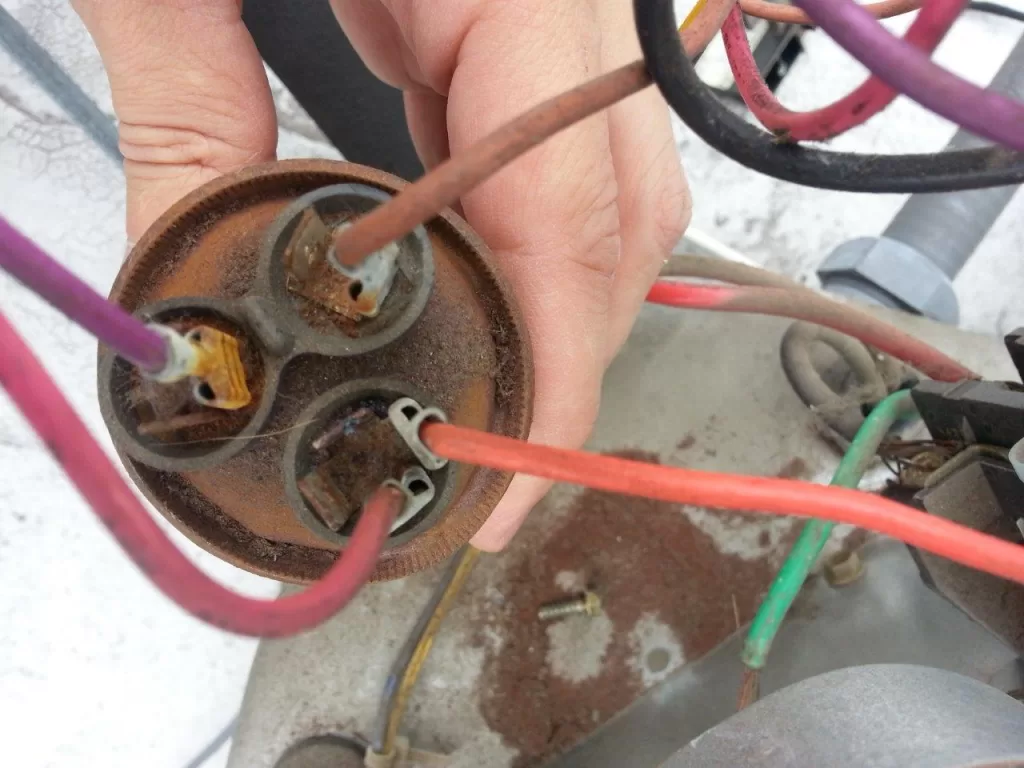Implementing Electrical Motors in HVAC and Industrial Systems
Practical implementation of electrical motors involves selecting the right motor type and specifications based on application needs, ensuring proper installation, and adhering to maintenance protocols to maximize efficiency and lifespan.
Selection and Substitution of Motors
Matching Motors: When selecting a motor, match the voltage, horsepower, RPM, and frame type with the application requirements. For HVAC systems, ensure the motor is compatible with the system’s load demands and operational environment.
Substituting Motors: If you need to replace or substitute a motor, focus on matching the key parameters (voltage, HP, RPM, current) and the frame size to ensure compatibility and performance. Always refer to the manufacturer’s guidelines or consult with a professional when substituting motors to avoid mismatches that could lead to inefficiency or damage.
Signs of Motor Approaching End of Life
Unusual Noises: Grinding, squealing, or rattling sounds can indicate mechanical wear or internal damage.
Overheating: Excessive heat from the motor, not attributable to external factors, suggests internal issues, possibly with the windings or bearings.
Intermittent Operation or Failure to Start: These signs can indicate issues with the motor’s electrical components, like the capacitors or windings.
Prolonging Motor Life
Regular Maintenance: Periodic inspections, lubrication (if applicable), and cleaning can significantly extend a motor’s life. Ensure ventilation paths are clear to prevent overheating.
Monitoring and Protection Devices: Using overload relays, VFDs, and soft starters can protect motors from electrical stresses and prolong their operational life.
Proper Sizing and Use: Ensuring the motor is correctly sized for its application prevents overloading and excessive wear. Avoid operating motors beyond their rated capacity.
Addressing Capacitor Issues
Since capacitors play a crucial role, especially in single-phase motors, monitoring their health is vital. Replace capacitors that show bulging, leakage, or that fail capacitance and insulation resistance tests.

Frame Considerations
Understanding the frame size and type is crucial when replacing or installing a motor. The frame dictates the motor’s mounting dimensions and shaft alignment. Ensure the new motor has the same frame designation as the one being replaced for a seamless fit.
Handling Voltage and Current Discrepancies
Voltage: Ensure the motor’s rated voltage matches the supply voltage. Variations can lead to inefficiency or damage.
Current: Monitor the motor’s current draw using ammeters or monitoring systems. Excessive current draw indicates potential problems, such as overloading or internal faults.
Dealing with End-of-Life Motors
When a motor shows definitive signs of approaching end-of-life, assess whether repair or replacement is more cost-effective. Often, replacing an old, inefficient motor with a new, energy-efficient model offers long-term savings and reliability benefits.
Practical Example: Replacing a Motor in an HVAC System
When replacing a motor in an HVAC system:
Confirm the replacement motor matches the original in voltage, horsepower, RPM, and frame size.
Disconnect power and safely remove the old motor, noting the wiring connections.
Install the new motor, ensuring secure mounting and correct wiring.
Test the system to verify proper operation.